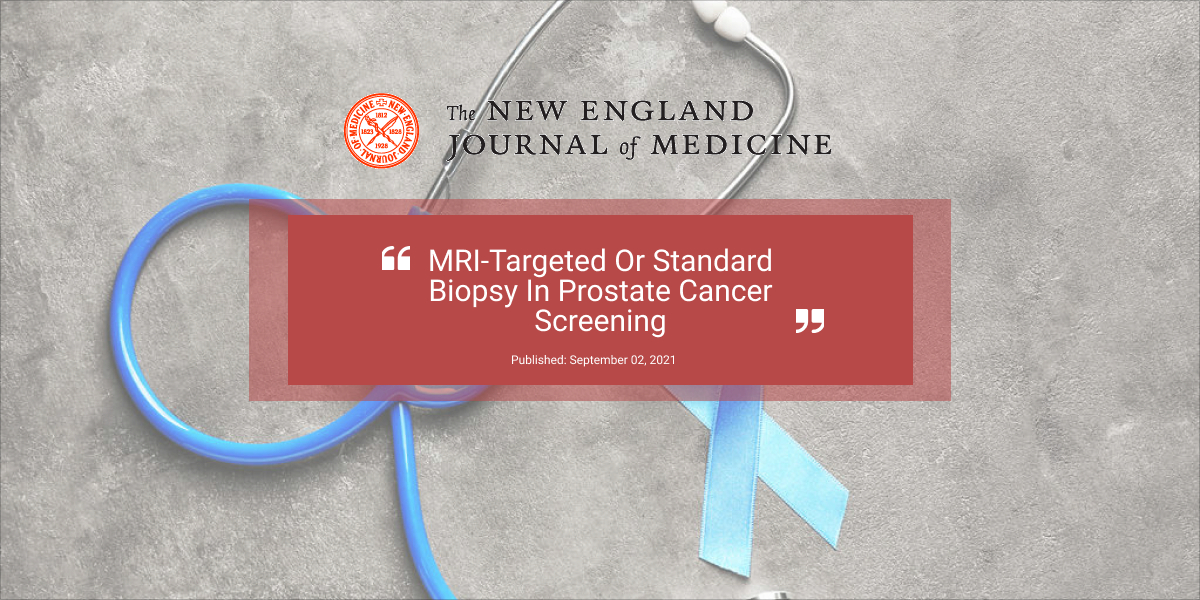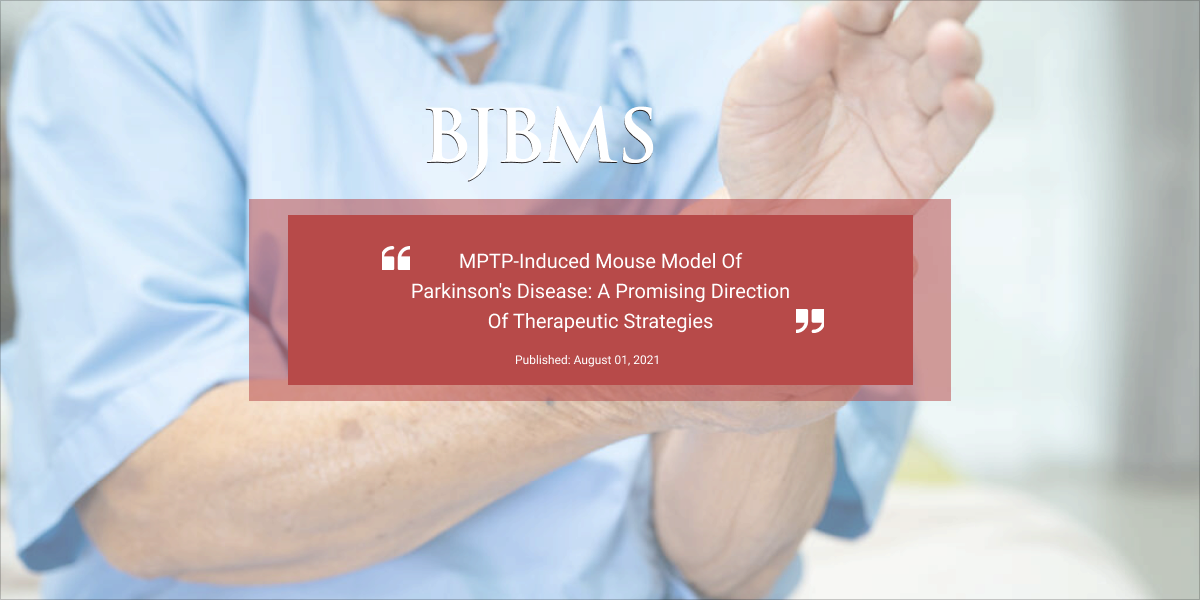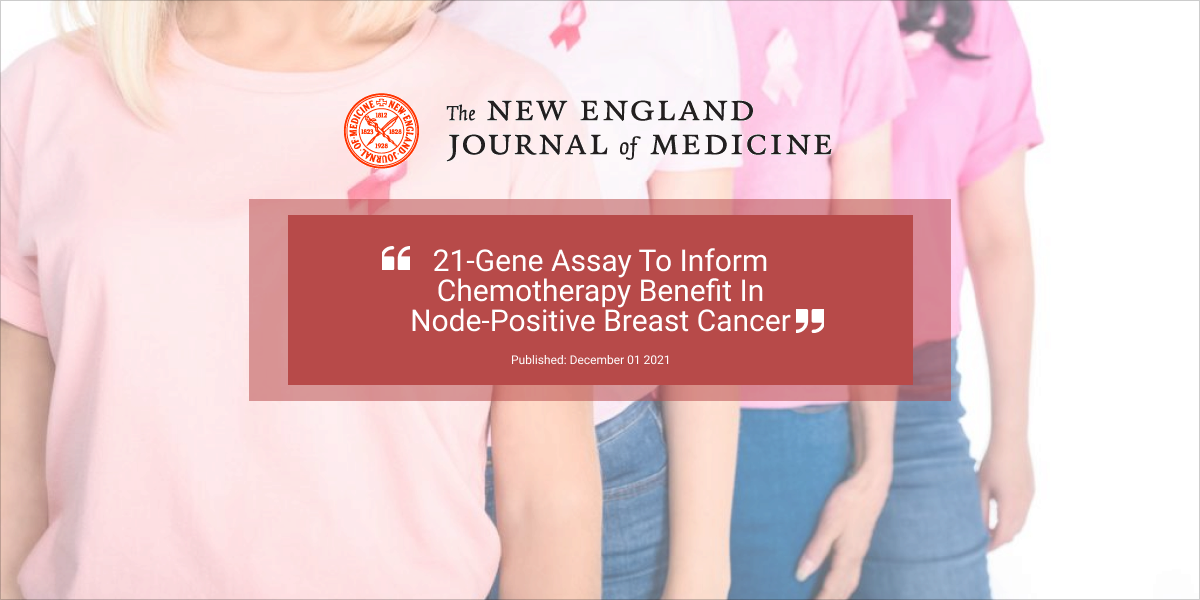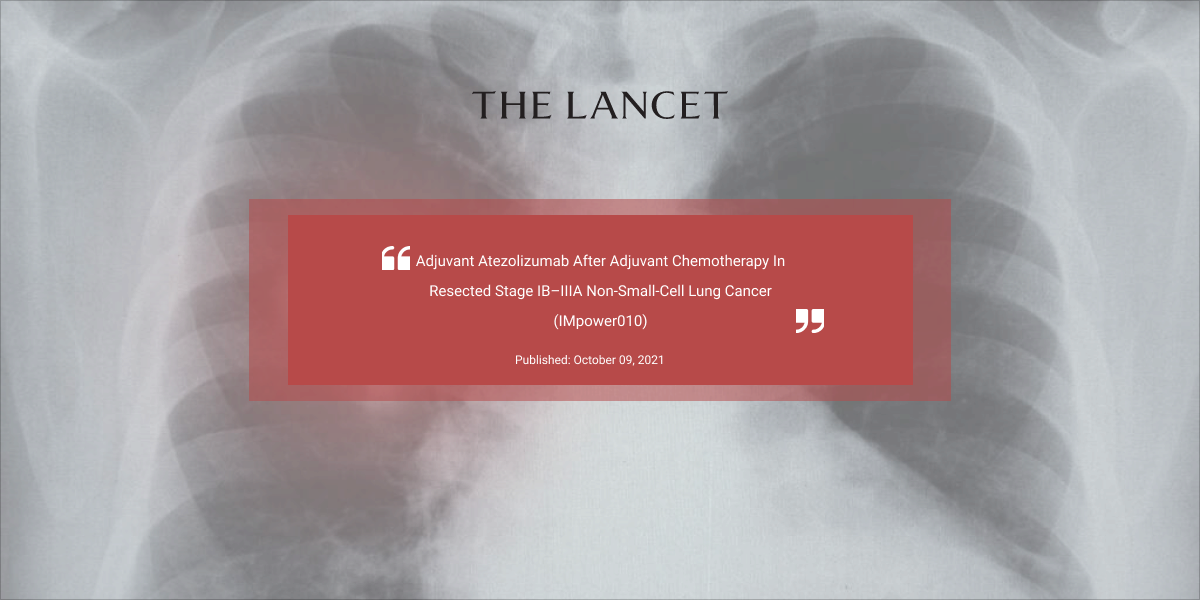Alzheimer’s disease protease-containing plasma extracellular vesicles transfer to the hippocampus via the choroid plexus
BACKGROUND
Plasma extracellular vesicles (pEV) can harbor a diverse array of factors including active proteases and the amyloid-precursor-protein (APP) cleavage product Aβ, involved in plaque formation in Alzheimer`s diseases (AD). A potential role of such vesicles in AD pathology is unexplored.
METHODS
In a case-control study of randomly selected patients with AD and other neurological diseases (n = 14), and healthy controls (n = 7), we systematically analyzed the content of pEV, using different assay systems. In addition, we determined their entry path into brain tissue, employing animal (mice) injection experiments with ex vivo generated EV that were similar to AD-pEV, followed by multi antigen analysis (MAA) of brain tissue (n = 4 per condition). The results were compared with an IHC staining of human brain tissue in a small cohort of AD patients (n = 3) and controls with no neurodegenerative diseases (n = 3).
FINDINGS
We show that pEV levels are considerably upregulated in AD patients. Besides numerous inflammatory effectors, AD-pEV contained α-, β- and γ-secretases, able to cleave APP in in target cells. In vitro generated EV with similar characteristics as AD-pEV accumulated in the choroid plexus (CP) of injected animals and reached primarily hippocampal neurons. Corroborating findings were made in human brain samples. An inhibitor of hyaluronic-acid-synthetase (HAS) blocked uploading of proteases and Hyaluronan onto EV in vitro and abolished CP targeting in animal injection experiments.
INTERPRETATION
We conclude that protease-containing pEV could be part of a communication axis between the periphery and the brain that could be become detrimental depending on pEV concentration and duration of target cell impact.











